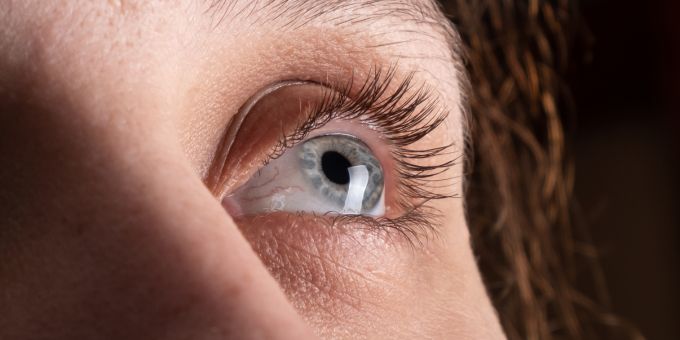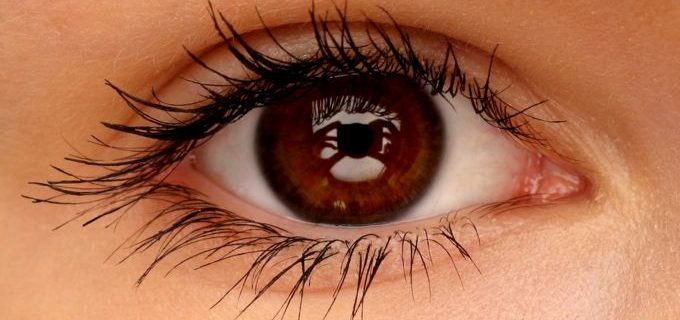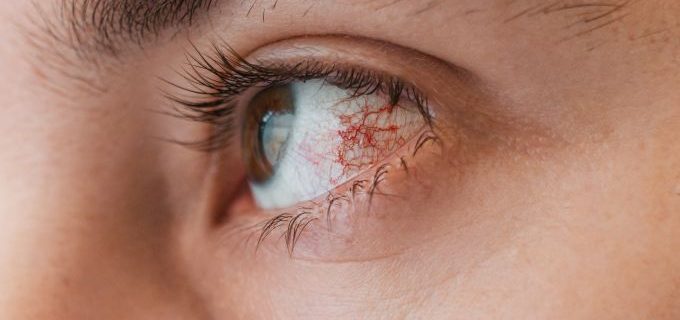Corneal dystrophies are a group of over twenty genetic conditions which affect the cornea, the front part of the eye. The cornea is made up of five layers and they must be clear in order for you to see well. Water, nutrients and other matter usually pass through these layers but in the case of corneal dystrophies, one or more of these layers becomes cloudy and vision blurs. This is gradual process and patients may not have any symptoms for many years.

Corneal dystrophies are genetic and as such are commonly found to be hereditary. However, in some cases the cause is unknown. Fuch´s corneal endothelial dystrophy (FCED) is one type of corneal dystrophy which is related to the ageing process.
Endothelial cells, which act like pumps, control the movement of water, nutrients and other matter through the layers of the cornea. In the normal ageing process, some of these endothelial cells are lost, slowing down this movement of matter. In patients of FCED, this loss of endothelial cells is accelerated meaning that the movement of matter is significantly reduced, leading to the layers of the cornea becoming built up, causing cloudiness and blurred vision.

The most common symptom of corneal dystrophy is cloudy or blurred vision. Some patients will notice a reduction in the clarity of their vision and glare, often worse in the morning. However, as the condition is characterised by a gradual build-up of matter, many patients do not notice the onset of symptoms and they are diagnosed at a routine optician’s appointment. Other signs that you may be suffering from corneal dystrophy are:


Treatment options for corneal dystrophy vary according to the severity and the progression of the condition in the patient. If the patient has a good level of vision, it may be possible to monitor the condition with regular check-ups, without resorting to treatment.
To restore the vision, some patients may need a special type of laser treatment (phototherapeutic keratectomy) or corneal transplant.
To improve vision in patients with more severe cases of vision loss, corneal transplants may be considered. In these cases, either an entire cornea may be transplanted or just some endothelial cells, to help improve the pump function within the layers of the existing cornea.



